Two Chinese vaccines made by Sinopharm received a stamp of approval from a prestigious medical journal. Following a two-month peer review, the Journal for American Medical Association (JAMA) recently published the clinical trial results for two Sinopharm jabs — codenamed WIV04 and HB02 — marking a key milestone in the fight against COVID-19.
This places researchers in the China, the UAE, and other Arab countries who collaborated on trial at the forefront of vaccine development. More importantly, it puts to rest questions about the safety and efficacy of Sinopharm shots, which users the tried-and-tested inactivated-virus platform.
China National Pharmaceutical Group Co., Ltd. (Sinopharm), a state-owned healthcare group based in Beijing, is ranked as the world's 6th largest vaccine manufacturer. The healthcare group is directly under the State-owned Assets Supervision and Administration Commission (SASAC) of the State Council. It employs 128,000 people and runs a full chain in the industry covering R&D, manufacturing, logistics and distribution, retail chains, healthcare, engineering services, exhibitions and conferences, international business and financial services.
What’s the study about?
It’s about two vaccines — codenamed: WIV04 and HB02 — developed by Sinopharm's vaccine-making unit China National Biotech Group Co. (CNBG).
When was it published?
The study’s findings were reported in the May 26, 2021 edition of JAMA, more than two months after it was submitted. The trial results were initially submitted to JAMA on March 17. The journal was accepted for publication on May 12.
What is JAMA?
It is a peer-reviewed medical journal published 48 times a year by the American Medical Association. It publishes original research, reviews, and editorials covering all aspects of biomedicine.
What’s the role of the UAE in the Sinopharm vaccine trials?
The UAE played a big role. The Phase III trials for the Sinopharm vaccines were conducted in 10 countries worldwide. The UAE contributed the most number of trial volunteers — 31,000 of the 40,382.
Why is the study important for the world?
The Chinese-made jabs, including those from Sinopharm (as well Sinovac Biotech Ltd., another Beijing-based vaccine maker), could help form part of the “Great Wall" of defence against COVID-19, from Argentina to Zimbabwe — but especially in developing countries.
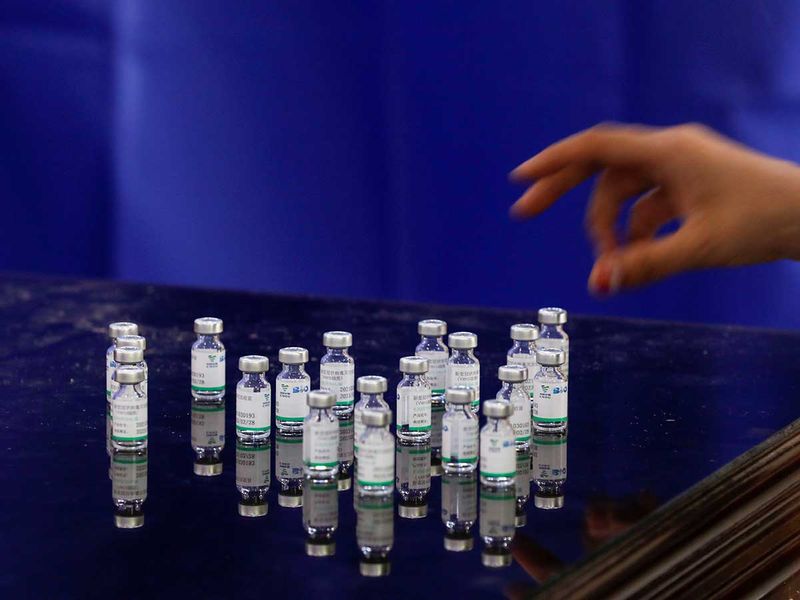
Why is the UAE’s role significant?
A vaccine trial is best done in places where a pathogen (like SARS-CoV-2) is still active. Given the strict lockdowns in China, case numbers in the mainland had dropped by the third quarter of 2020, just as the vaccines had completed Phases I and II. Doing a Phase III trial there would have made it difficult to obtain any meaningful data. Trial participants in the UAE represented a diverse population, representing more than 100 countries.
What is the efficacy rate of Sinopharm as published in JAMA?
It shows the two vaccines prevented symptomatic infections by 72.8% (for the WIV04 vaccine) and 78.1 % (for HB02 vaccine). Both are developed by Sinopharm.
What do WIV04 and HB02 stand for?
WIV04 is the research code representing the SARS-CoV-2 WIV04 strain isolated from a patient in the Jinyintan Hospital in Wuhan. The virus was cultivated in a qualified Vero cell line for propagation. Two cycles of inactivation was conducted for the WIV04.
First, "supernatant" of the infected cells was inactivated with beta-propiolactone (1:4000 vol/vol at 2 to 8 °C for 48 hours). Following clarification of cell debris and ultrafiltration, the second β-propiolactone inactivation was performed in the same conditions as the first inactivation. (The placebo contained only sterile phosphate-buffered saline and alum adjuvant.)
For HB02, researchers published an earlier study in the Lancet (January 1, 2021) explaining that HB02 is codename for 19nCoV-CDC-Tan-HB02 — the strain used to develop this particular inactivated vaccine. Researchers said the selection of this strain was due to its “optimal replication and high virus yields in Vero cells, when compared with the other two strains”.
The HB02 strain was purified and passaged in Vero cells to generate the stock for vaccine production by using a novel carrier in a basket reactor. To inactivate the virus, β-propionolactone was mixed with the harvested viral solution at a ratio of 1:4000 at 2–8°C. The vaccine was manufactured as a liquid formulation containing 2 μg, 4 μg, or 8 μg total protein with aluminium hydroxide adjuvant (0·45 mg/mL) per 0·5 mL. [“μg” stands for microgram].
How was the study carried out?
It followed the “gold standard” of clinical trials — randomised, placebo-controlled and double-blind (neither vaccinators nor the participants knew whether they gave/received the vaccine or placebo).
How many people participated in the study?
40,382 participants who were randomised to receive 1 of 2 vaccines against SARS-CoV-2. The first vaccine, called the WIV04 (at 5 micrograms [µg] per dose), were administer to 13,459 volunteers.
The second shot, called HB02 (at 4 micrograms [µg] per dose) were administered to 13,465 people. The placebo (no active ingredient but looks like the vaccine) is an aluminium hydroxide (alum), given to 13,458 participants. The participants received 2 intramuscular injections 21 days apart.
Why is randomised controlled trial (RCT) important?
RCT serves one purpose: prevent selection bias. This way, differences between volunteers — age, sex, disease activity, and duration of disease, which may affect the outcome — are balanced.
One technique used in RCT is “allocation concealment” — it removes the ability of researchers or other healthcare professionals from manoeuvring to place another patient in specific positions in a sequence. Methods for randomly assigning participants to groups include the use of a table of random numbers and a computer software that generates random numbers.
In which countries were the study conducted?
The 40,832 volunteers came from across the UAE, Bahrain, Egypt, Jordan, Argentina and Peru. Of that number, the UAE accounted for 31,000 participants, from more than 100 nationalities. There were two trials in the UAE: The first had the official trial registration number NCT04510207; the second and the trial registration number ChiCTR2000034780.
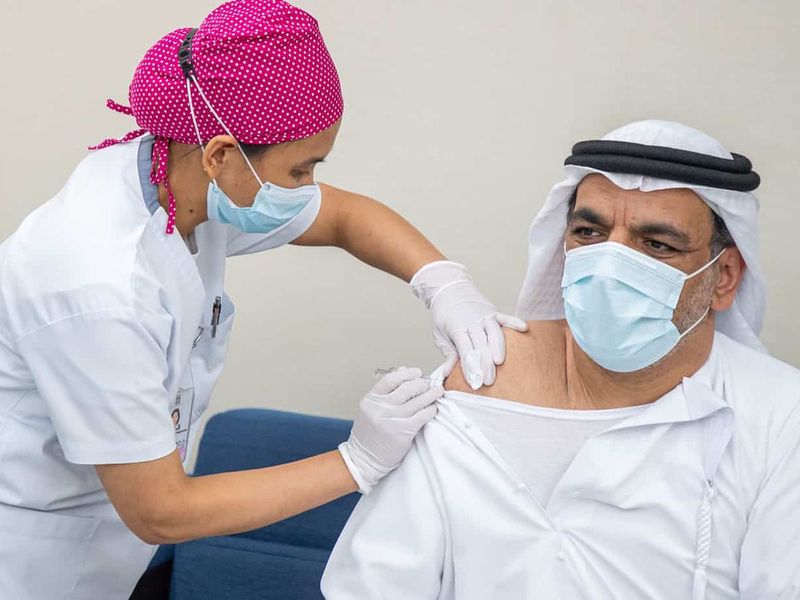
How were the volunteers split?
The volunteers were equally split into three groups. They received either two doses of the vaccines, three weeks apart — or a placebo. As part of the efficacy analysis, the participants had to have negative RT-PCR test results upon enrolment.
Of the total number of volunteers, 38,206 (94.6%) received 2 doses, and contributed at least 1 follow-up measure after day 14 following the second dose. The participants had a mean age of 36.1 years; 84.4% of the participants were males (32,261). The volunteers were monitored for up to 121 days after dosing.
How were the results calculated?
At day 77 of the study (median range) following the second shot, symptomatic COVID-19 was identified in 26 participants in the WIV04 group, and 21 in the HB02 group — while 95 were detected in the placebo group. This is equivalent to vaccine efficacy of 72.8% for WIV04 and 78.1% for HB02. “Both comparisons were statistically significant,” according to the researchers.
None of the volunteers given an active vaccine developed severe disease, while two severe cases of COVID-19 occurred in the placebo group. The analysis is preliminary: “Data collection for final analysis is pending,” the researchers wrote in JAMA, noting that evaluation of data in a larger sample size has yet to be made.
What about adverse reactions?
Adverse reactions within 7 days after each injection were reported in 41.7% to 46.5% of participants in all the 3 groups. However, serious adverse events were “rare and similar” in the 3 groups (WIV04: 64 [0.5%]; HB02: 59 [0.4%]; alum-only: 78 [0.6%]).
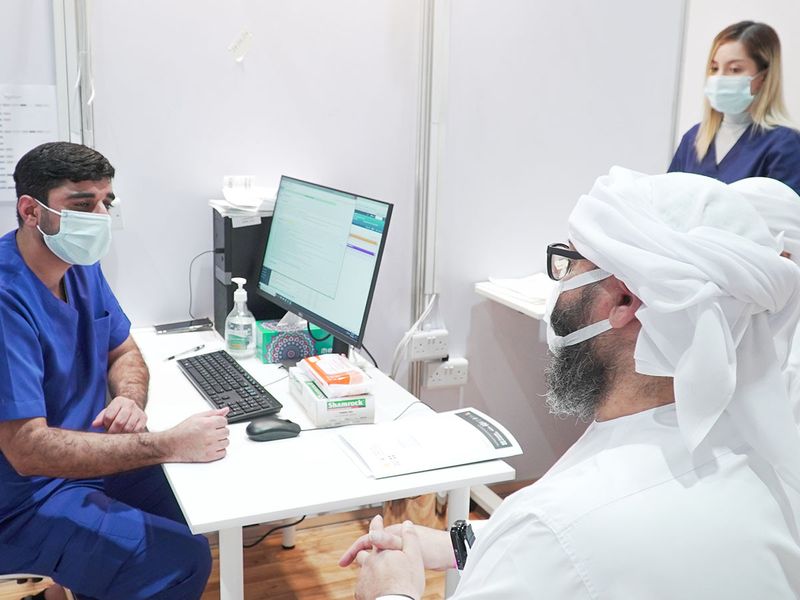
What is the platform used by the Sinopharm vaccine?
The two Sinopharm vaccines involved the clinical trial use the tried-and-tested inactivated-virus (or killed) virus. Inactivated vaccines are composed of dead, or inactivated, viruses (or bacteria) grown in culture and then killed to their destroy-disease producing capacity. Inactivation destroys their infectivity — while retaining their ability to induce immune response.
What are other examples of inactivated vaccines?
The inactivated injectable rabies and influenza vaccines are other examples of inactivated-virus jab. A “quadrivalent” inactivated influenza vaccine means it works on 4 different strains of the flu virus.
Other effective vaccines against COVID-19 have been developed, using other platforms (attenuated, mRNA). Live-virus (“attenuated”) vaccines use pathogens that are still alive (but are almost always attenuated, that is, “weakened”), to induce immune response.
When did the Phase 3 clinical for the Sinopharm shots start and end?
Study enrollment began on July 16, 2020. Data sets used for the interim analysis of efficacy and adverse events were locked on December 20, 2020 (for WIV04), and December 31, 2020 (for HB02).
Who authored the study?
The study was conducted by numerous researchers, led by Dr. Nawal Al Kaabi of the Sheikh Khalifa Medical City, Abu Dhabi Health Services Company (SEHA), Abu Dhabi, UAE; Dr Yuntao Zhang of the China National Biotech Group Co, based in Beijing, China; and Shengli Xia, of the Henan Province Center for Disease Control and Prevention, Zhengzhou, Henan, China.
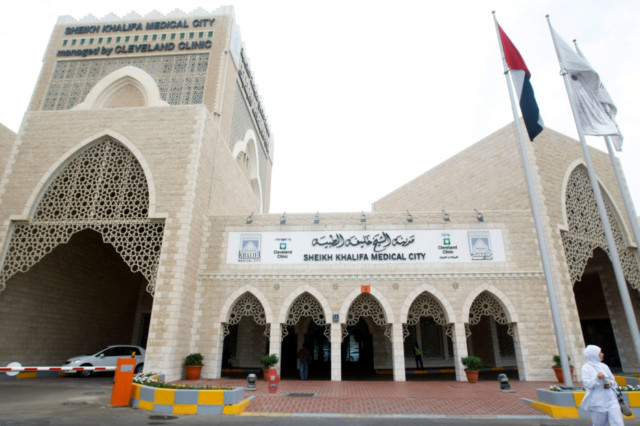
The corresponding authors are Dr Xiaoming Yang, of the CNBG Co Ltd based in Beijing, China, and Dr An Pan of the School of Public Health, Tongji Medical College in Wuhan, China. There were other collaborators in Bahrain, China, Egypt, Jordan as well as the UAE.
Who are the people in charge of the acquisition, analysis, or interpretation of data?
JAMA lists the following: “Xia, Al Qahtani, Abdulrazzaq, Al Nusair, Hassany, Jawad, Abdalla, Al Mazrouei, Al Karam, Li, Xuqin Yang, W. Wang, Lai, Chen, Huang, Q. Wang, T. Yang, Liu, Ma, Abdelhadi, Khan, Saifuddin Fasihuddin, You, Xie, Y. Zhao, Jiang, G. Zhao, Yanbo Zhang, Mahmoud, ElTantawy, Xiao, Koshy, Zaher, H. Wang, Duan, Pan, Xiaoming Yang.”
Who funded/sponsored the study?
The study was supported by the National Key Research and Development Project of China. The vaccine was developed and the study was sponsored by the Wuhan Institute of Biological Products Co. Ltd., the Beijing Institute of Biological Products Co, Ltd, both of which belong to the China National Biotec Group (CNBG) Co. Ltd.
When did the WHO recommend Sinopharm?
On May 7, 2021, the WHO cleared recommended an interval of 3–4 weeks between the first and second dose of the Sinopharm vaccine. The WHO approval means it qualifies for bidding.
Sinopharm is the first COVID-19 shot developed by a non-Western country to win the WHO's backing.
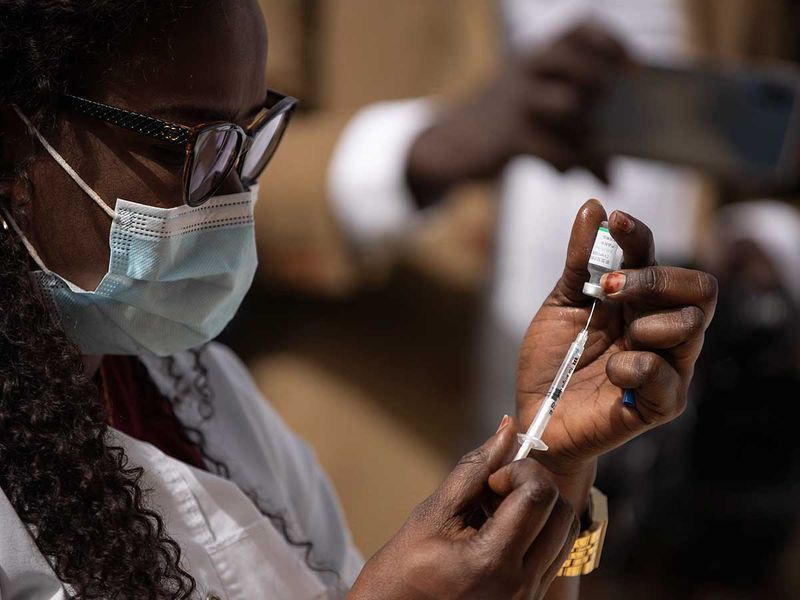
How will the Sinopharm vaccines help?
Given the huge vaccine production capacity in China, the vaccines would greatly help enhance the fight against COVID around the world. The Sinopharm shots (as well Sinovac Biotech Ltd., another Beijing-based vaccine maker), are helping form part of the “Great Wall" of defence against COVID-19 in developing countries, from Argentina to Zimbabwe.
China National Pharmaceutical Group Co., Ltd. (Sinopharm), a state-owned healthcare group based in Beijing, is ranked as the world's 6th largest vaccine manufacturer. The healthcare group is directly under the State-owned Assets Supervision and Administration Commission (SASAC) of the State Council. The group employs 128,000 people and runs a full chain in the industry covering R&D, manufacturing, logistics and distribution, retail chains, healthcare, engineering services, exhibitions and conferences, international business and financial services.
How many doses of Sinopharm vaccines had been given?
Two months ago, on March 26, 2021, Reuters reported that subsidiaries of Sinopharm CNBG have hit a combined 100 million doses of supply around the world. Hundreds of millions of people in China and other countries had been given Sinopharm shots.
What is China’s COVID-19 vaccine production capacity?
The China Central Television (CCTV) recently reported the mainland currently has 18 production lines for COVID-19 vaccines with capacity to reach 2 billion doses by the end of 2021 — and 4 billion by 2022. The report quoted Feng Duojia, president of the China Vaccine Industry Association.
Is the UAE manufacturing the Sinopharm vaccine?
Yes. The vaccine, called Hayat-Vax [Hayat means life in Arabic], is the first indigenous COVID-19 vaccine in the region manufactured by a joint venture between Sinopharm CNBG, one of the largest pharmaceutical companies in the world that have supplied over 100 million doses of the COVID-19 vaccine globally, and G42, a technology company based in Abu Dhabi. Initial monthly production capacity fo UAE's Hayat-Vax is 2 million doses, but a igger KIZAD (Khalifa Industrial Zone Abu Dhabi) facility is on the way.
Which countries have approved the Sinopharm vaccine?
As for May 28, 2021, the Sinopharm vaccine is approved in 41 countries (based on covid19.trackvaccines.org data:
- Argentina, Bahrain, Bangladesh, Belarus, Bolivia, Brunei Darussalam, Cambodia, Cameroon, China, Comoros, Egypt, Equatorial Guinea, Gabon, Guyana, Hungary, Iran (Islamic Republic of), Iraq, Jordan, Kyrgyzstan, Lao People's Democratic Republic, Lebanon, Maldives Mongolia, Montenegro, Morocco, Mozambique, Namibia, Nepal, North Macedonia, Pakistan , Peru, Republic of the Congo, Senegal, Serbia, Seychelles, Sierra Leone, Somalia, Sri Lanka , United Arab Emirates, Venezuela, Zimbabwe.
from World,Europe,Asia,India,Pakistan,Philipines,Oceania,Americas,Africa Feed https://ift.tt/3uuUR5k
No comments:
Post a Comment